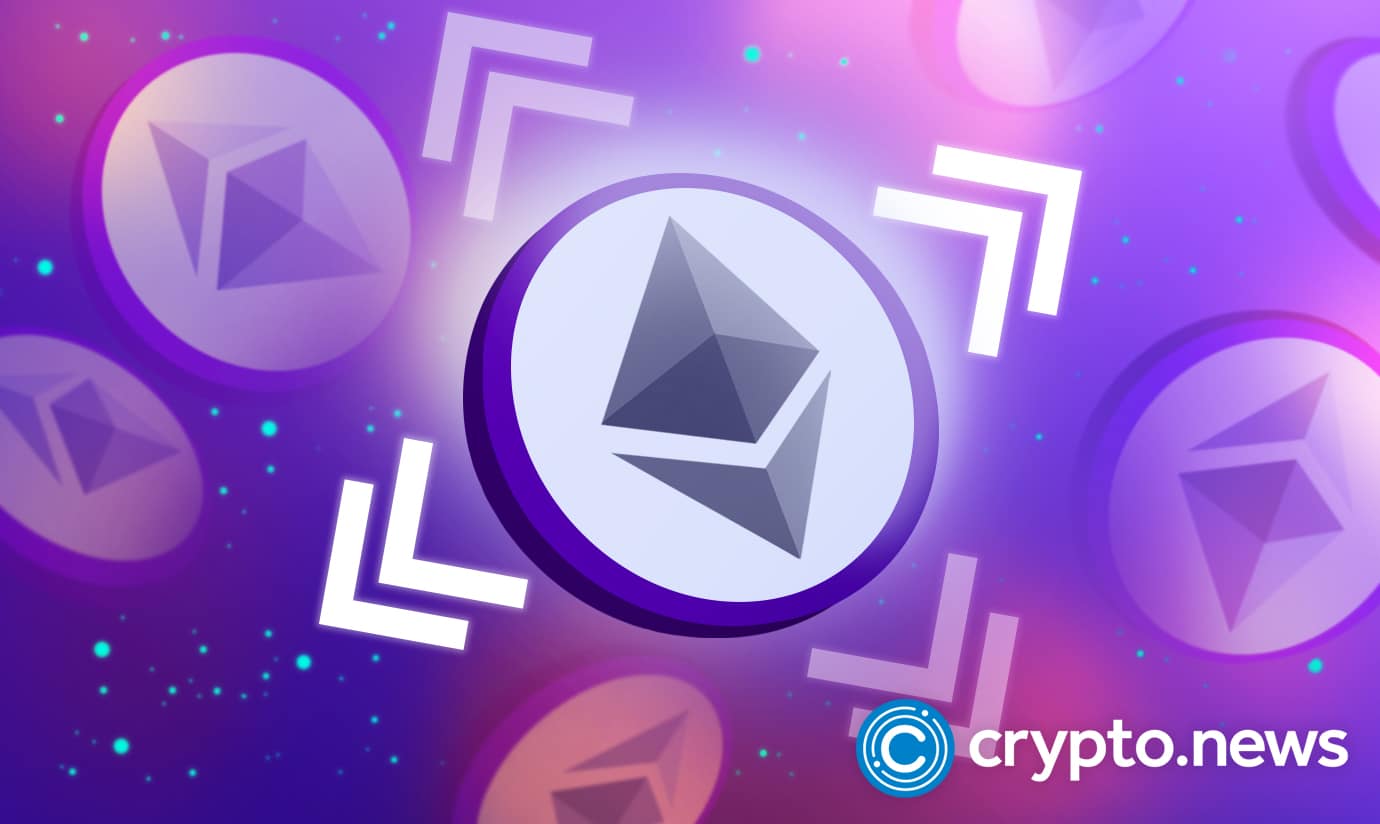63% of Ethereum Transaction Blocks Comply with OFAC

Many investors were concerned about the precedent created by the bans when OFAC imposed penalties on Ethereum addresses linked to Tornado Cash and other international organizations. Ethereum’s creator Vitalik Buterin demanded that validators be reduced in number if protocol-layer censorship were to take place.
The Case for OFAC Compliance
Due to the use of Flashbots during the past month, there has been a rise in the number of OFAC-compliant blocks generated on Ethereum.
Tomer Strolight, the editor-in-chief of Swan Bitcoin, tweeted a question asking, “Why is nobody talking about this?” The complexity of the problem might hold the solution. But a good argument is made that relayed block censorship should not be disregarded.
Maximum Extracted Value Services Becoming More Popular
According to MEV Watch, 63% of all transaction blocks on the Ethereum adhere to regulatory guidelines and are in compliance with OFAC penalties.
The biggest motivator is the widespread application of maximal extracted value relays, which are services that reorganize transaction blocks in order to maximize rewards. However, it is almost certain that the statistic will continue to fuel discussion over the use of MEV relays and the threat of transaction filtering on the publicly viewable Ethereum network.
The most popular of these relays, Flashbots, claimed it would disregard transactions from Tornado Cash, a transaction mixing service that had been prohibited earlier this year by the U.S. government. Tornado Cash accounted for approximately 49% of the whole MEV block market.
Since The Merge, an increasing proportion of participants in proof of stake have chosen to engage service providers to acquire validation incentives. There are an increasing number of blocks that are compatible with OFAC thanks to this trend’s consolidation and the supremacy of Flashbots.
Does MEV Relay Flashbots Account for a Growing Percentage of Transactions?
According to data from The Block Research, during the course of the past month, the number of blocks suggested via the Flashbots relay then doubled, rising from 2,210 on September 25 to slightly over 4,000 on October 25.
Flashbots don’t pass over the problem. The business revealed an upcoming protocol that aims to open source and gradually decentralize MEV code development, provided proposals for how it can alleviate transaction filtering, and made an announcement.
The statements followed the resignation of co-founder Stephane Gosselin, who left due to disagreements with the group over the subject of network censorship.
The lack of impartial relays and the reliance on vertical relays that also serve as builders and could prefer their own blocks over others is a “failure of the ecosystem,” according to strategy lead Hasu, who previously stated that many network members view Flashbots as a source of censorship.
Though the team’s last surviving creator Phil Daian does not envision a scenario in which Flashbots completely censors the Ethereum network by proposing all of the network’s blocks, their use is nonetheless on the rise.
According to the Transparency Dashboard of Flashbots, the proportion of blocks proposed by the MEV-Boost Relay increased from 12% on October 1 to 56% as of this writing over the month of October.













